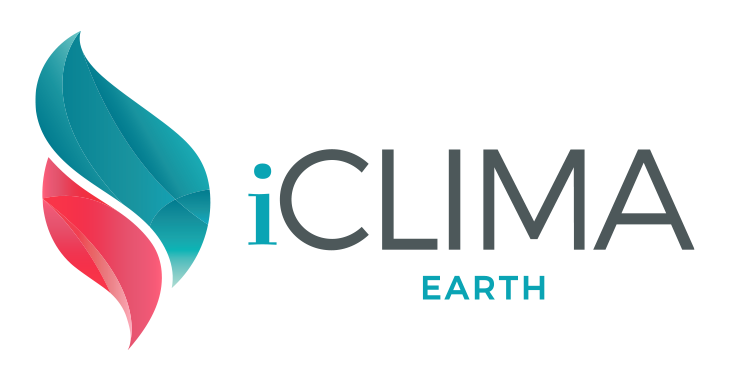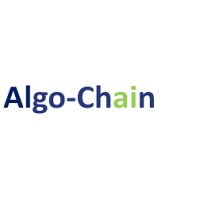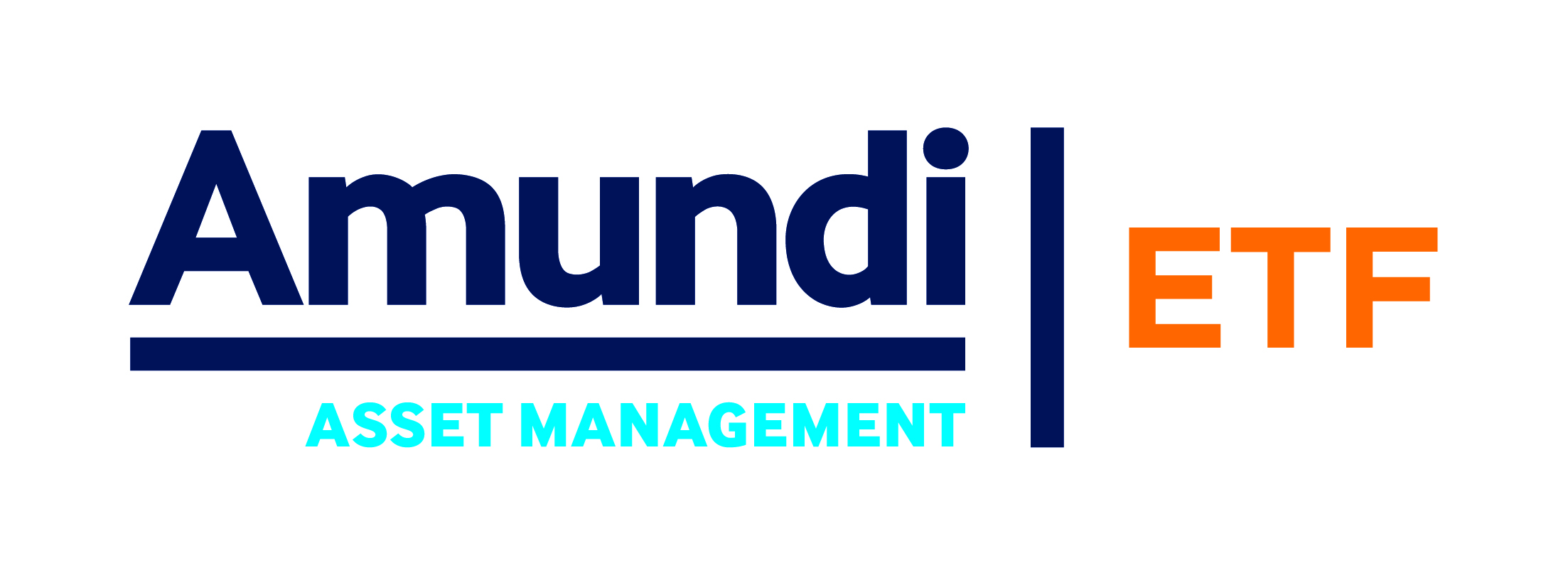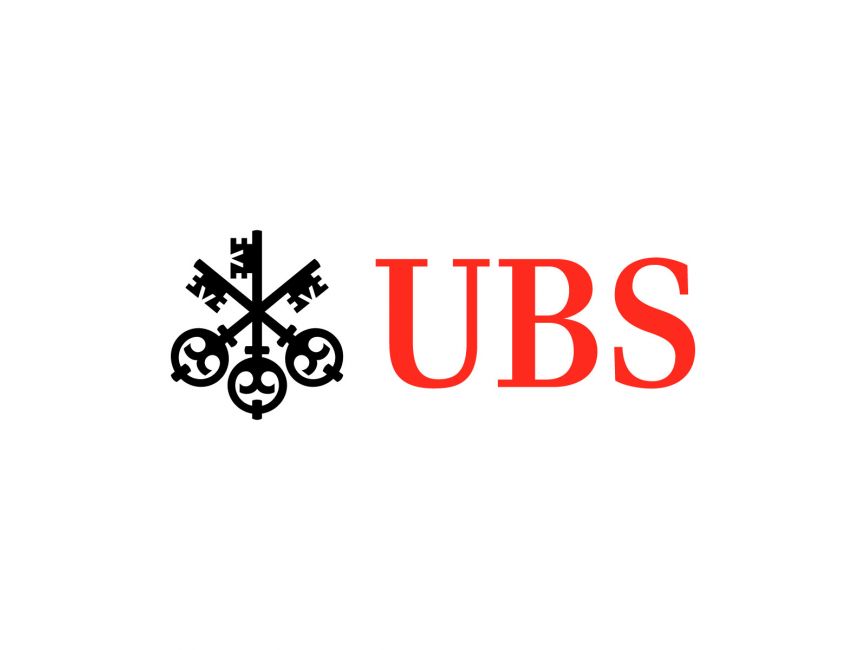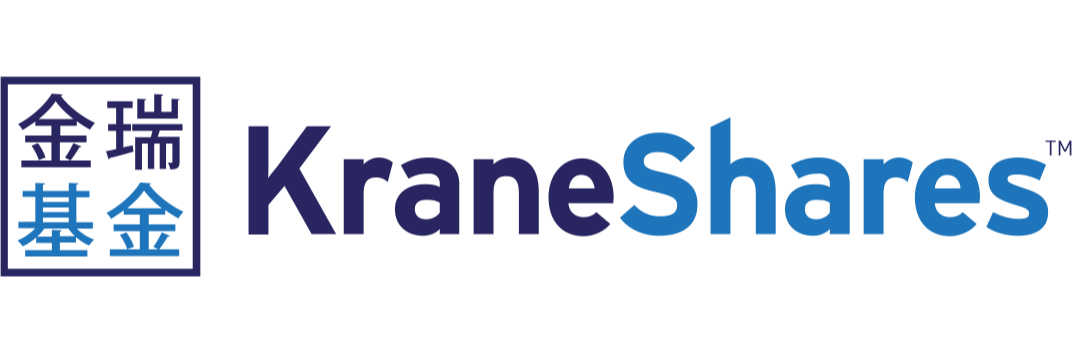The timely arrival of the UN’s 17 Sustainable Development Goals (SDGs) has seen them benefit from a multibillion dollar investing revolution: the ascendance of thematic ETFs.
In just six years, the successor to the UN’s Millennium Development Goals has been recognised by Robeco as an opportunity worth trillions of dollars to the private sector, while 84% of respondents to a Global X and ETF Stream survey in June revealed they already incorporated SDGs in their portfolios to some extent.
Meanwhile, though products such as the extremely popular BlackRock clean energy ETFs have been in existence for more than 14 years, their rise to prominence – as with the broader thematic product class – is an entirely recent phenomenon.
In the five years preceding the launch of SDGs in 2015, only four new thematic ETFs launched in Europe. In 2017, the European thematic market had less than €5bn in assets under management (AUM). Some 88 product launches later, the space has seen $38bn invested, as at 22 October, data from Bloomberg Intelligence shows.
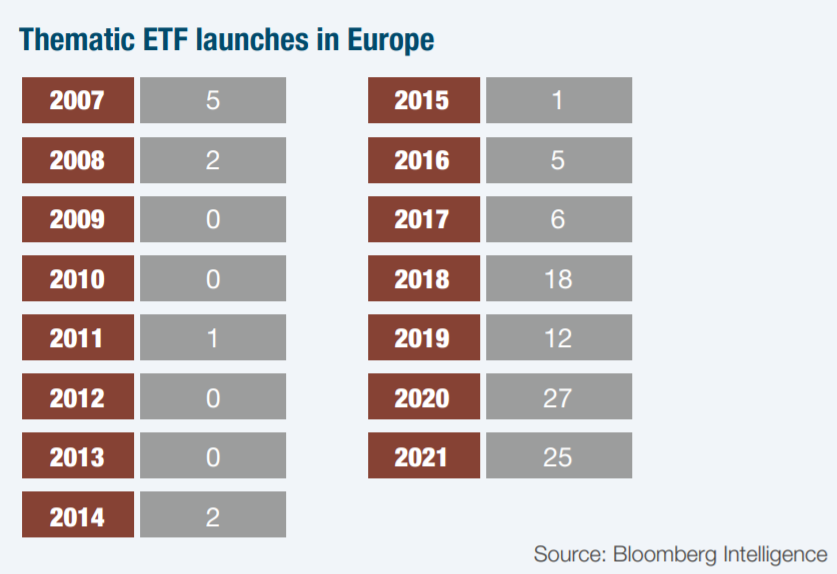
According to a 2020 report by the United Nations Conference on Trade and Development (UNCTAD), titled Leveraging the Potential of ESG ETFs for Sustainable Development, ETFs have developed a positive reputation among security regulatory experts and investors in the context of targeting often niche, sustainable sectors.
In fact, the combination of the arbitrage mechanism, volatility control mechanisms and liquidity provided by trading on both primary and secondary markets all mean the wrapper has strong resilience during periods of heightened instability, the report found. Add to this the unique function of thematic ETFs – to invest in specific, innovative sectors – the rise of this product class means investors can access increasingly specialist baskets of securities targeting futuristic and often sustainable industries.
Applications
The benefit of this for SDGs is direct and measurable. With European thematic AUM surging eight times over five years, unprecedented sums of private investment is being funnelled into the innovative companies traditionally underrepresented by core and market-cap-weighted ETFs.
Stressing this point, Gabriela Herculano, CEO and co-founder of thematic ETF issuer iClima Earth, said: “There will always be allocations to the broad market, and it is a good thing people are trying to apply an ESG angle on top of that, but you are never going to tell the story of innovation in that kind of broad approach.”
The poster child for the thematic-SDG overlap has undoubtedly been the clean energy sector, which is addressed by SDGs 7 and 13. Between September 2020 and February 2021, money in UCITS and 40-Act clean energy ETFs doubled to more than $27bn, Bloomberg Intelligence said, with $12.5bn still nestled in just the iShares Global Clean Energy UCITS ETF (INRG) and iShares Global Clean Energy ETF (ICLN) by the end of October.
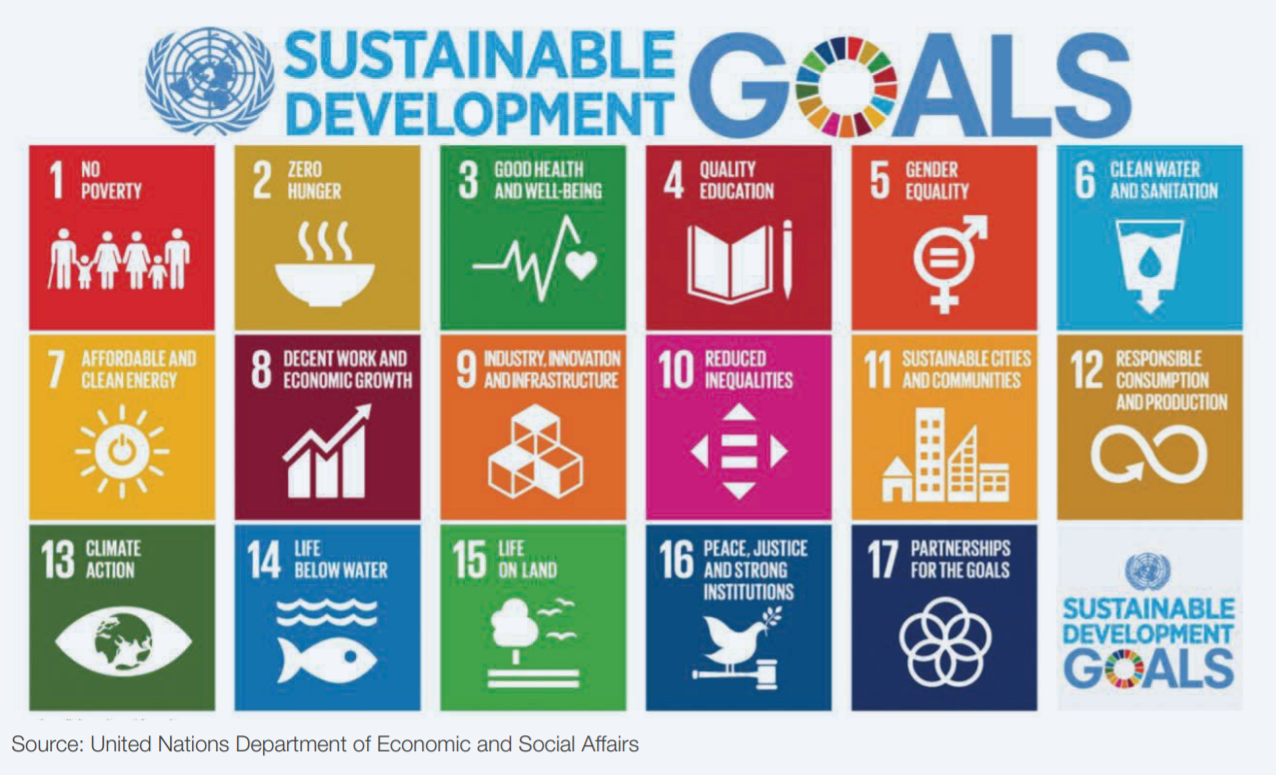
Now there are ETFs servicing almost every SDG, including products with a focus on clean water, gender, equality and infrastructure.
In its report published at the end of last year, UNCTAD highlighted a dearth of funds targeting zero poverty, good health and well-being and quality education.
This is no longer the case. Herculano highlighted products such as the UBS ETF Sustainable Development Bank Bonds UCITS ETF (MDBUA) that allow investors to allocate capital to economic growth programmes in developing countries, organised by the World Bank and Asian, European and Inter-American development banks.
Similarly, there are at least 17 European ETFs targeting healthcare, healthy living and pharmaceutical innovation from issuers such as Legal & General Investment Management (LGIM), Amundi, Lyxor, BlackRock, State Street Global Advisors, HANetf, KraneShares, DWS, Invesco and Global X.
It is also worth noting products such as the Rize Sustainable Future of Food UCITS ETF (FOOD), which arguably touches on SDGs 2, 3, 6, 12, 13 and 15 through its involvement in plant-based food, sustainable packaging, agricultural science and water technology.
Of course, there are still gaps in thematic ETF applications to SDGs. For instance, the private and online tuition services targeted by the Rize Education Tech and Digital Learning UCITS ETF (LERN) offer new education tools for those able to pay for education, but less so for those already suffering from a lack of education – though this is also a product of the ways education can be made investable.
Limitations
Furthermore, the investment universes of some themes also limit what is achievable through an ETF wrapper, given index providers must create diversified benchmarks of listed companies that meet certain market cap and liquidity requirements.
Detlef Glow, head of Lipper EMEA research for Refinitiv, warned: “One has to look very carefully into what one is buying. You can buy clean water ETFs and then get companies like Nestle, just because they are selling mineral water. Of course, they are involved in some way, but it is not what you want in a specialised fund.”
Glow added that many of the most innovative companies in water, clean energy and other sectors are not yet listed, and this poses a challenge for the portfolio managers of thematic ETFs and even active managers. Likewise, the open-ended nature of ETFs means they cannot refuse new capital, and as seen with INRG and ICLN, this means that even some thematics have to stray beyond pure plays.
“If a fund, or an idea, gets really successful, it might struggle to find investable companies since they might have issues with the market caps of these companies,” Glow continued.
Offering an optimistic counter, Herculano admits larger issuers will launch thematics in popular themes which amass considerable assets.
However, she said there is room for ETFs from smaller issuers with lower daily volumes that can target more early-stage (and potentially innovative) companies, including post-IPO and post-SPAC picks.
“There are a lot of people that would love to play the more mature venture capitalist kind of play with companies that list sooner rather than later, where exposure to multiple micro-cap companies is offered through a listed vehicle such as an ETF,” Herculano concluded.
Other avenues
Irene Bauer, co-founder of wealth management fintech Algo-Chain, added that the market has barely scratched the surface as far as the index investment potential of SDGs is concerned. Alongside sustainable development bank bonds, there is scope for a broader rollout of green and social bond ETFs as well as government and corporate bond products weighted against SDG metrics.
In the context of thematics, Bauer said: “It would be good if each thematic ETF had an SDG rating. That would help investors understand how much a product helps in the goal it focuses on and others as well.”
Looking beyond thematics, Bauer argued that rather than leaving large index providers to create a commonly accepted gold standard for environmental, social and governance (ESG) to be applied to core ETFs, investors would be better served by indices weighting towards the companies performing best on the 17 UN SDGs.
This article first appeared in ESG Unlocked: Sustainable Revolution In Full Swing, an ETF Stream report. To access the full issue,click here.
Related articles:


